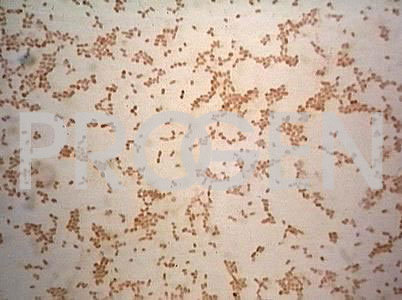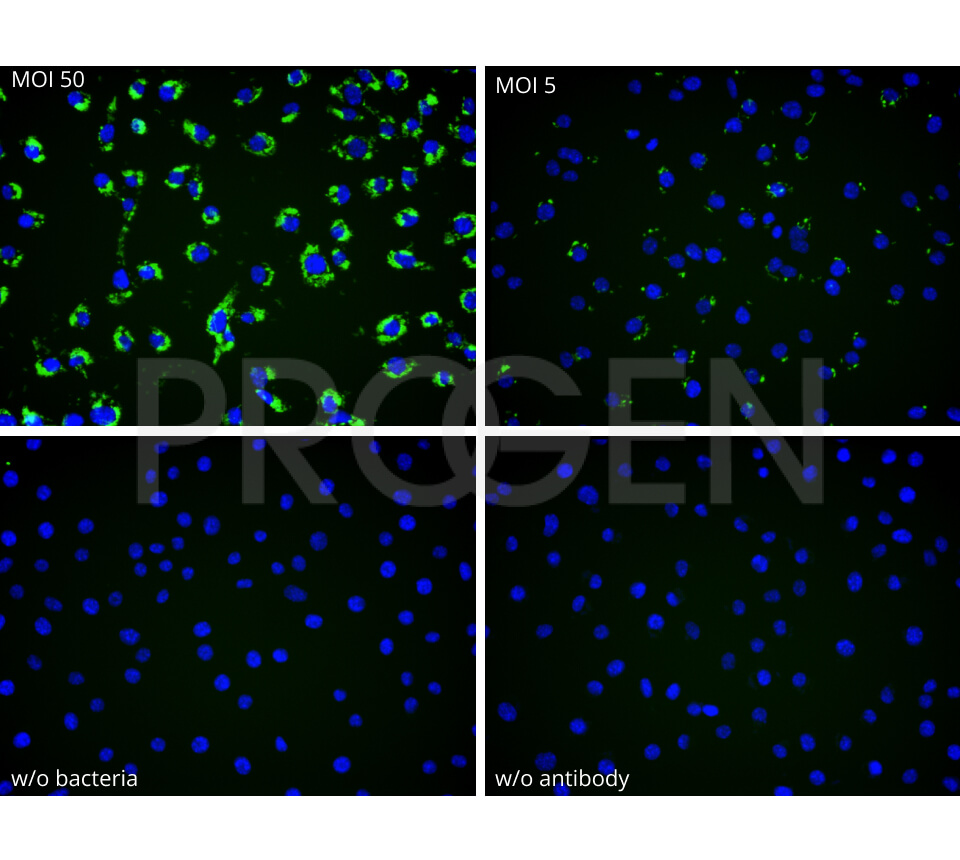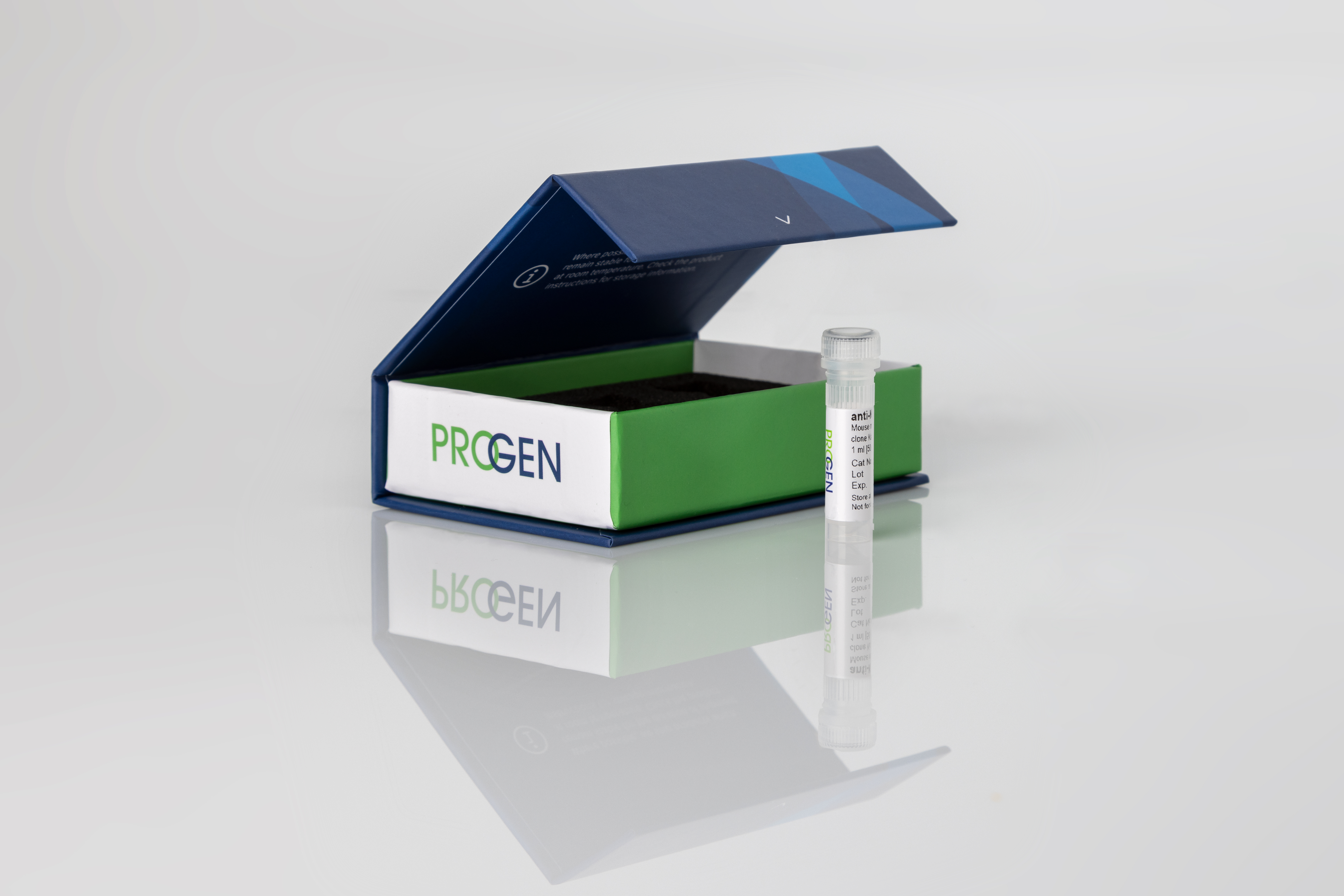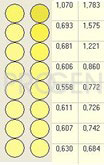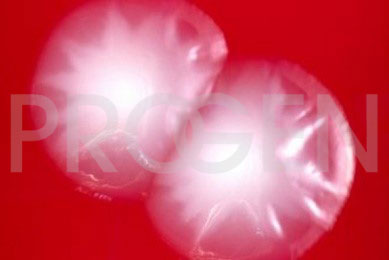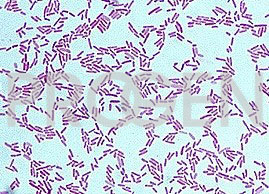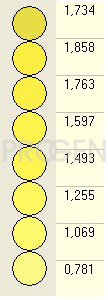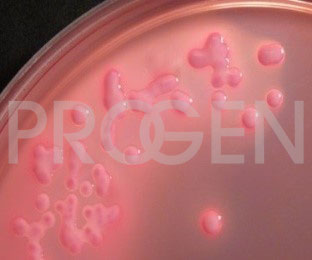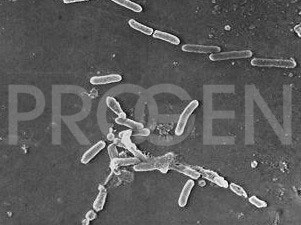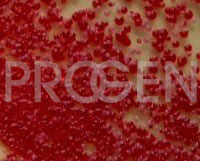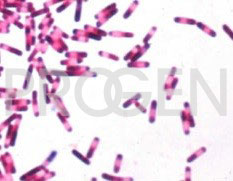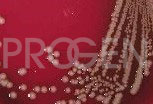anti-Shigella dysenteriae Serotype 1 mouse monoclonal, EBS-I-106, purified
- Mouse monoclonal
- Suitable for ELISA, ICC/IF and IHC
- Reacts with S. dysenteriae
- Isotype IgG3 kappa
Product description
| Quantity | 1 ml (100 µg/ml) |
|---|---|
| Antibody Type | Monoclonal |
| Host | Mouse |
| Isotype | IgG3 kappa |
| Conjugate | Unconjugated |
| Application | ELISA, ICC/IF, IHC |
| Purification | Affinity chromatography |
| Reactivity | S. dysenteriae |
| Storage | 2-8°C |
| Intended use | Research use only |
| Clone | EBS-I-106 |
| Immunogen | Total sonicate of Shigella dysenteriae NCTC 4837 |
| Concentration | 100 µg/ml |
| Formulation | PBS with 0.02% sodium azide |
Applications
| Tested applications | Tested dilutions |
|---|---|
| Immunocytochemistry (ICC)/ Immunofluorescence (IF) | 1:100-1:200 (0.5-1.0 µg/ml) |
| Immunohistochemistry (IHC) - frozen | 1:50-1:100 (1-2 µg/ml) |
| ELISA | Assay dependent |
Background
EBS-I-106 reacts with a soluble extracted antigen from Shigella dysenteriae S1 in EIA. Shigellae are Gram-negative, non-spore-forming, facultative anaerobic, non-motile bacteria. S. dysenteriae is a species of the rod-shaped bacterial genus Shigella. This microbe is a normal inhabitant of the human gastrointestinal tract and can cause shigellosis (bacillary dysentery). This is the most severe dysentery mainly because of its potent and deadly Shiga toxin. Shiga toxins work by inhibiting protein synthesis in the host cells. After entering a cell, the Shiga toxin acts as an N-glycosidase, cleaving several nucleobases from the RNA that comprises the ribosome, thereby halting protein synthesis. The toxin has two subunits: A, which is internalized and cleaved into two parts, one of which binds to the ribosome, disrupting protein synthesis; and B, a pentamer that binds to specific glycolipids on the host cell, specifically globotriaosylceramide. S. dysenteriae is spread through contaminated water and foodstrains are resistant to several antibiotics because of the presence of R factors in plasmids.
Positive control: S. dysenteriae S1 extract or infected cells or tissue, NCTC 4837.
Downloads
Q & A's
Customer Reviews
Login
FAQs
The concentration of purified antibodies is mentioned on the datasheet.
For prediluted antibodies the concentration may vary from lot to lot. The concentration of these antibodies is not mentioned on the datasheet and can be requested at support@progen.com.
The supernatant format contains FCS proteins from cell culture medium supplemented with FCS.
The serum antibodies contain other proteins present in serum.
- Supernatant and supernatant concentrate: This format contains hybridoma cell culture supernatant. The antibody is not purified and the antibody concentration is not determined. The antibody concentration may vary from lot to lot. Therefore we recommend to titrate the optimal concentration for the application used for each new lot.
- Lyophilized, purified: This format contains purified antibody in lyophilized form. The reconstitution of this antibody is described in the datasheet. The buffer composition after reconstitution is also mentioned on the datasheet.
- Liquid, purified: This format contains purified antibody in liquid format. The concentration is mentioned on the datasheet.
- Prediluted, purified: This format contains purified antibody in liquid format. Most antibodies in this format are diluted to be ready-to-use for IHC with standard tissue. But some antibodies of this format need further dilution for IHC. This is mentioned on the datasheet.
Most of our liquid antibodies and reconstituted lyophilized antibodies may be stored for short term storage (up to 3 month) at 2-8°C. For long term storage we recommend to store the antibody at -20°C in aliquots. Please avoid freeze and thaw cycles.
Most of our conjugated antibodies should be stored at 2-8°C.
The individual storage conditions are mentioned on the datasheet.

